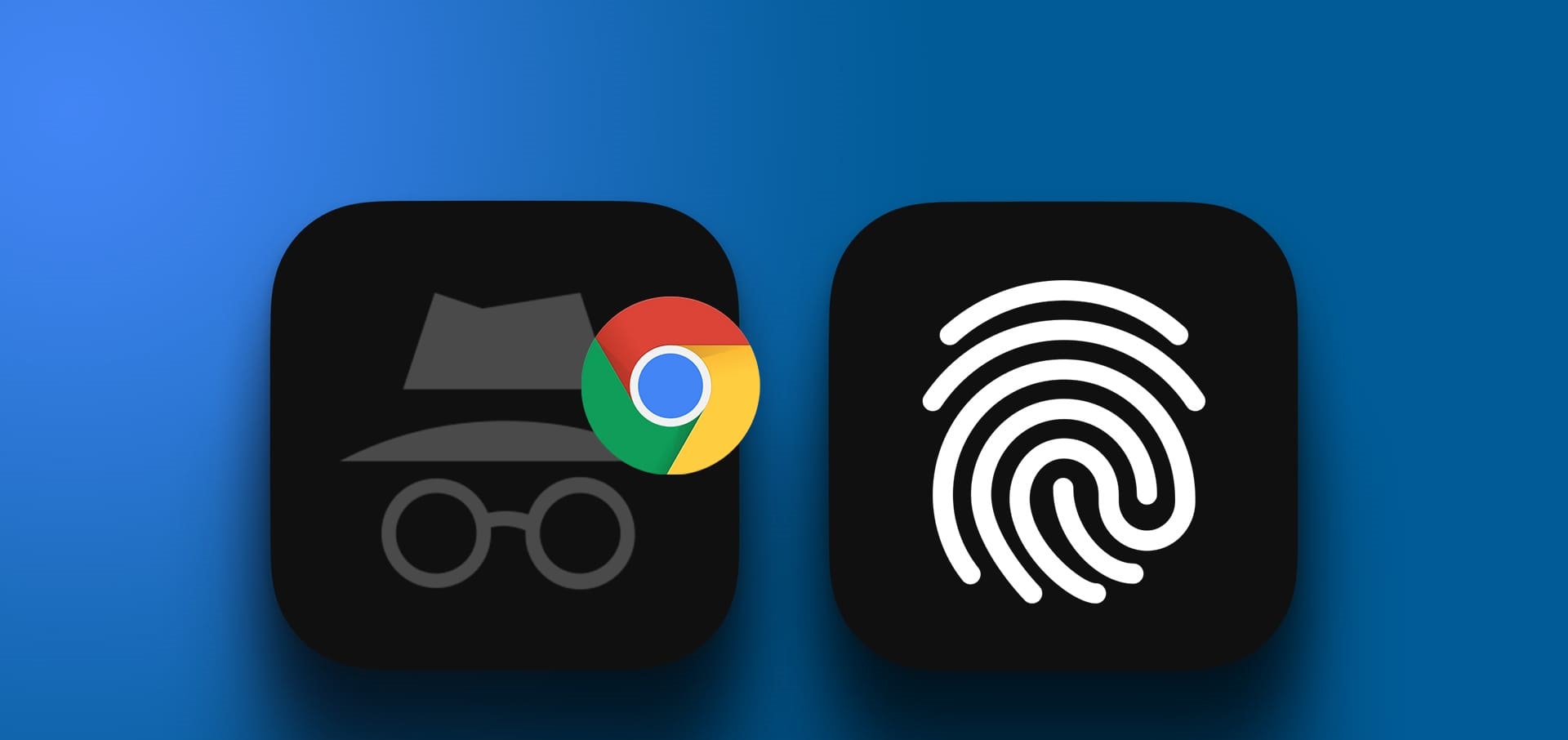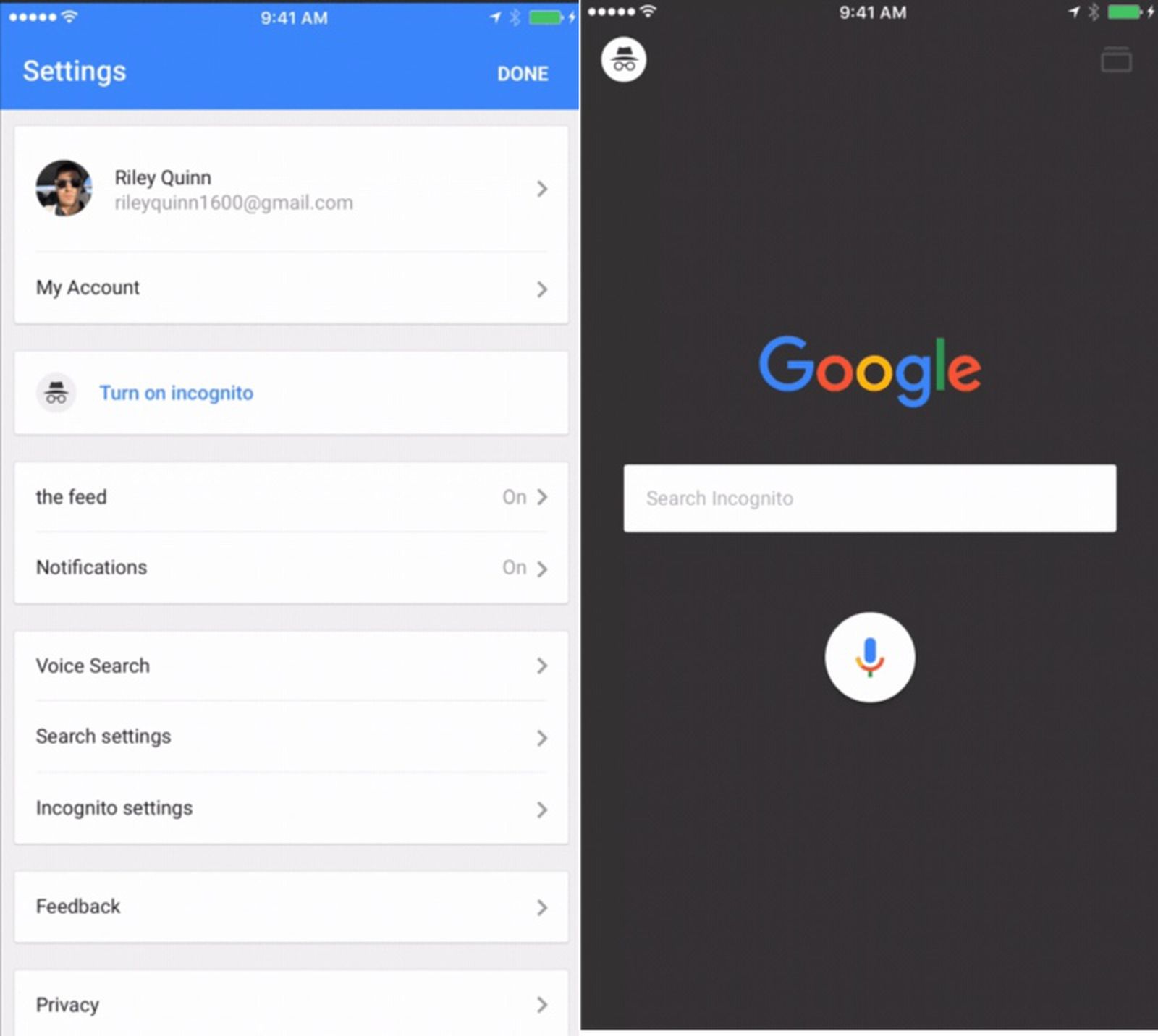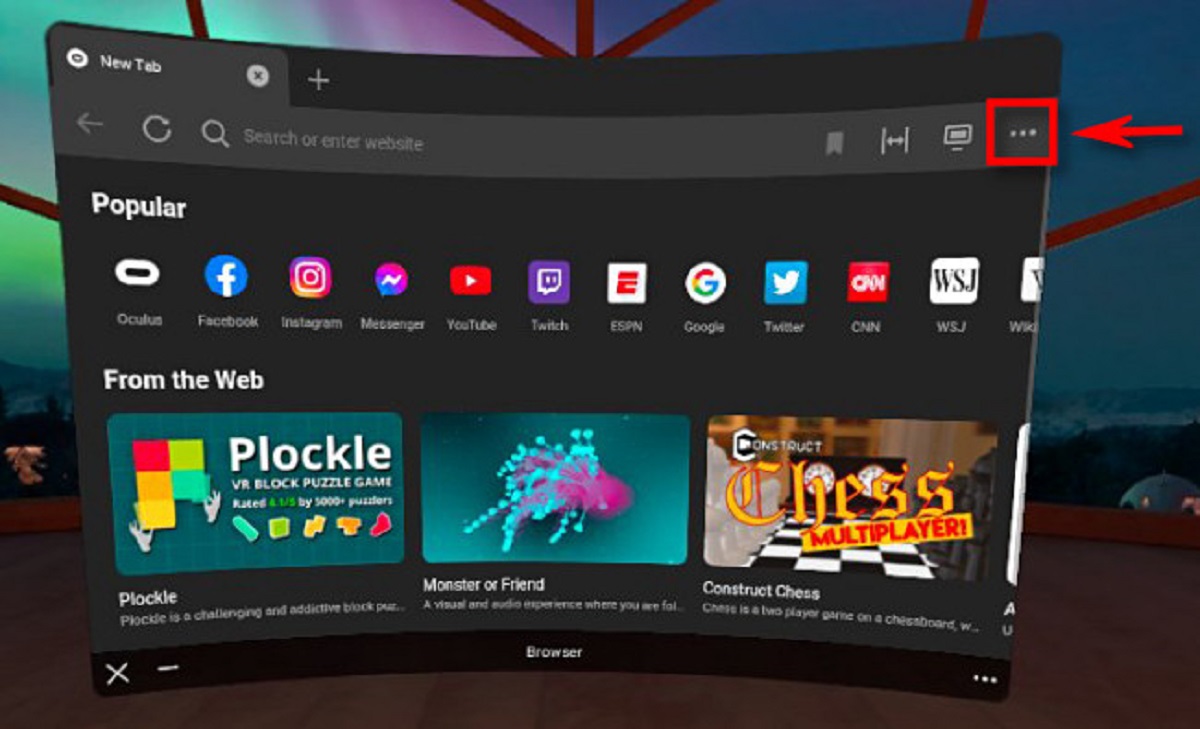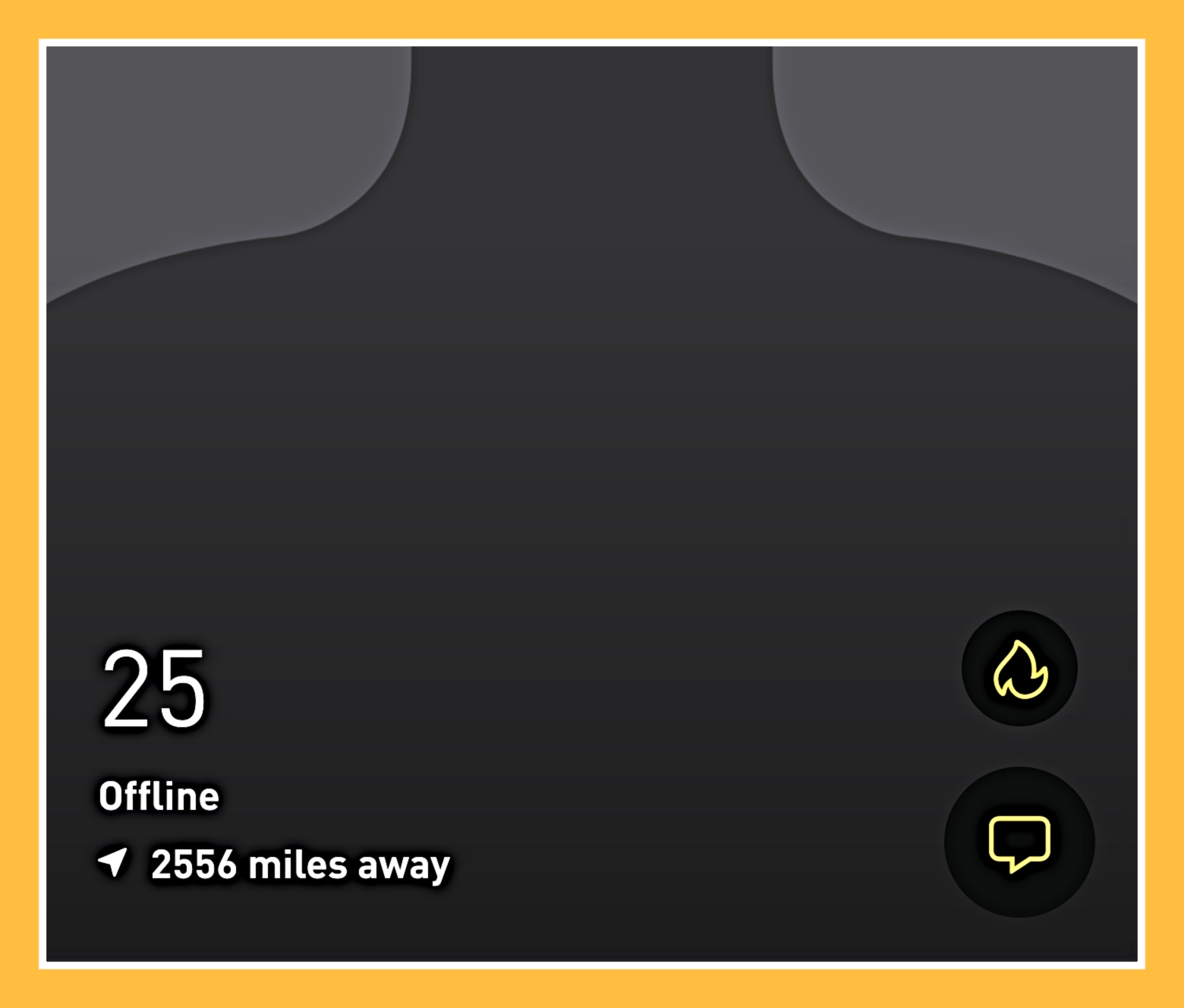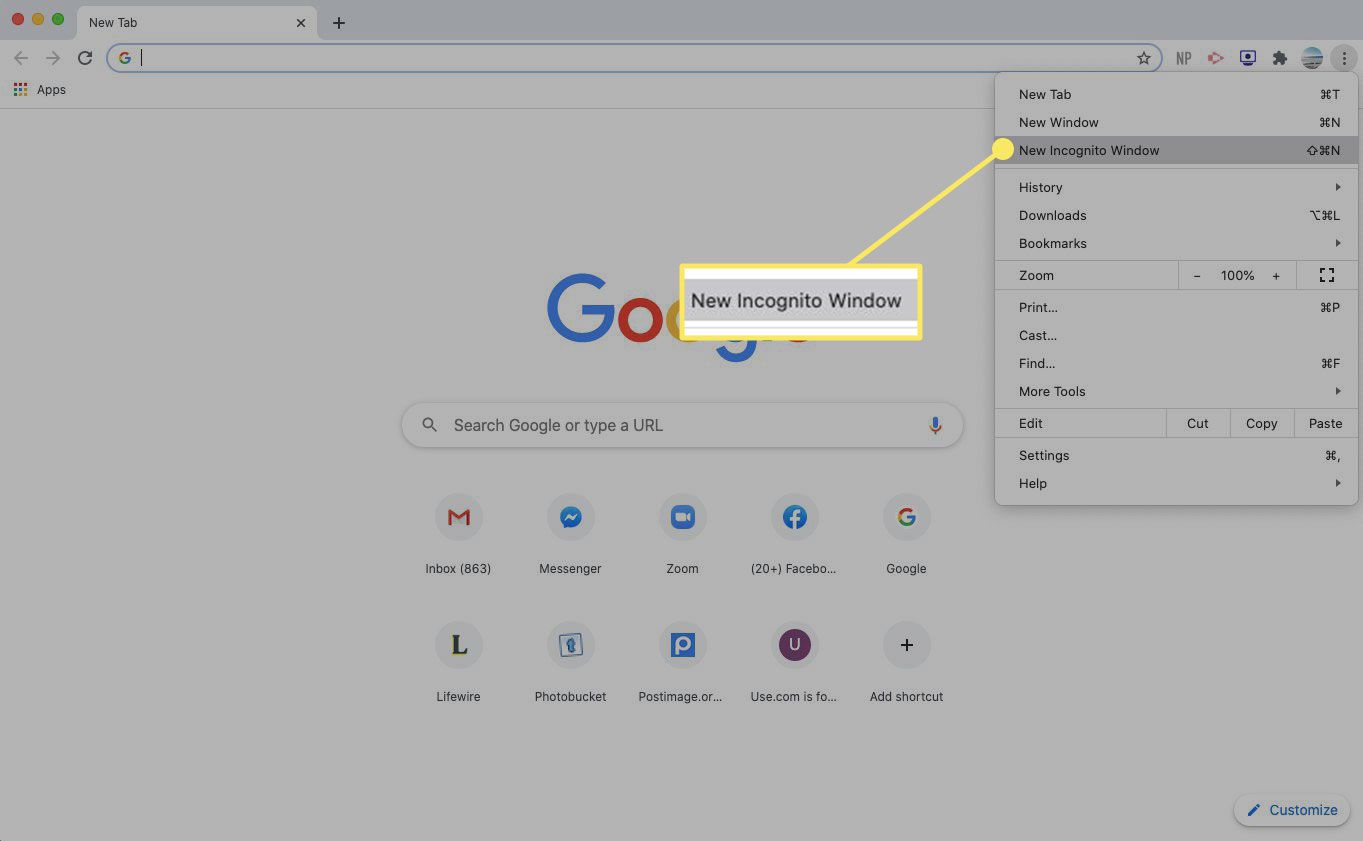What Is Incognito Mode
Incognito mode, also known as private browsing, is a feature available on web browsers that allows users to browse the internet without leaving a trace of their online activities. When you activate the incognito mode, the browser will not save your browsing history, cookies, site data, and information entered in forms. Essentially, it provides a way to maintain privacy and anonymity while surfing the web.
When you open a new incognito window, it functions as a separate session from your regular browsing mode. This means that your incognito browsing sessions will not be linked to your existing browser history, bookmarks, or stored passwords. Additionally, webpages you visit in incognito mode won’t appear in your browsing history, and any files you download will not be stored on your device after you close the incognito window.
It’s important to note that while incognito mode prevents your local browser from retaining information, it does not make you completely anonymous online. Your internet service provider (ISP), as well as the websites you visit, can still track your activity. Incognito mode primarily aims to protect your privacy from anyone who might have physical access to your device, such as family members or coworkers.
Incognito mode can be accessed through the settings menu of most popular web browsers. The method may slightly differ between browsers, but generally, you can open a new incognito window by clicking on the three-dot menu or hamburger menu icon and selecting “New Incognito Window” or a similar option. Alternatively, you can use keyboard shortcuts like “Ctrl+Shift+N” on Windows or “Command+Shift+N” on Mac to quickly launch an incognito window.
Overall, incognito mode provides a convenient and hassle-free way to browse the internet privately. It helps to protect your personal information and prevents others from seeing your browsing history. However, it’s essential to understand its limitations and use it in conjunction with other privacy measures for a more comprehensive approach.
How Does Incognito Mode Work
Incognito mode works by creating a temporary browsing session that operates independently from your regular browser settings. When you activate incognito mode, the browser sets a special flag that tells it not to save your browsing history or any other data associated with the session.
When you open a new incognito window, the browser creates a separate workspace with its own isolated set of cookies, cache, and temporary files. This means that any websites you visit while in incognito mode won’t have access to your regular cookies or any other stored data. Similarly, any cookies or data generated during an incognito session won’t be available to your regular browsing session.
Incognito mode also disables certain features that could be used to track your online activities. For instance, it may block third-party cookies, which are often used for targeted advertising and user tracking across different websites. Additionally, plugins and extensions that are active in your regular browsing session may be disabled in incognito mode, further reducing the chances of data collection.
However, it’s important to note that while incognito mode prevents the browser from storing information locally, it does not provide complete anonymity. Your activity can still be tracked by your internet service provider (ISP), the websites you visit, and other network monitoring tools. Incognito mode primarily focuses on protecting your privacy locally on your device and preventing others who have physical access to your device from seeing your browsing history.
Furthermore, while incognito mode is effective in preventing your browsing history from being stored on your device, it does not encrypt your internet traffic or secure your connection. If you want to ensure a secure and private browsing experience, it is recommended to use a virtual private network (VPN) in conjunction with incognito mode. A VPN encrypts your internet traffic and masks your IP address, providing an additional layer of privacy and security.
In summary, incognito mode creates a private browsing session that isolates your online activities from your regular browser settings. It prevents the browser from storing your browsing history, cookies, and other data locally. However, it does not make you completely anonymous, and your activities can still be tracked by other entities. To enhance your privacy and security, consider using a VPN along with incognito mode.
Benefits of Using Incognito Mode
Using incognito mode offers several benefits that can enhance your browsing experience and protect your privacy:
- Privacy: Incognito mode ensures that your browsing history, cookies, and site data are not stored on your device. This helps maintain your privacy by preventing others from accessing your browsing habits.
- Security: When you use incognito mode, your temporary browsing session is isolated from your regular session, reducing the risk of malware infections or unauthorized access to your personal information.
- Testing and Troubleshooting: Incognito mode can be useful for testing websites or troubleshooting technical issues. Since it doesn’t use your regular cookies or cached files, it provides a clean slate and can help identify problems related to your browsing session.
- Multiple Logins: Incognito mode allows you to log in to multiple accounts on the same website simultaneously. This can be useful if you need to access different accounts, such as personal and work-related email or social media profiles, without having to constantly log in and out.
- Bypassing Personalized Content: Incognito mode can help you view content without the influence of your browsing history or personal preferences. It prevents websites from tailoring content based on your previous activities, providing a more neutral browsing experience.
It’s important to note that while incognito mode provides these benefits, it is not a foolproof solution for complete online privacy and security. It primarily focuses on protecting your privacy locally on your device and does not hide your activities from your internet service provider (ISP) or websites you visit. Additionally, any information you enter on websites, such as passwords or payment details, can still be visible to those sites.
Nevertheless, incognito mode serves as a useful tool for managing privacy and maintaining a separate browsing session. It offers convenience, security, and the ability to browse the web without leaving a trace on your device.
When Should You Use Incognito Mode
While incognito mode can be used in various situations, here are some scenarios where it can be particularly beneficial:
- Public Devices: If you’re using a public computer or someone else’s device, using incognito mode can help protect your personal information. It ensures that your browsing history, login credentials, and other sensitive data are not saved on the device.
- Shopping for Gifts: When you’re shopping for gifts online, using incognito mode can help prevent targeted ads or recommendations based on your browsing history. This ensures that your surprise gifts remain a surprise, as your activity won’t be linked to your regular browsing habits.
- Researching Sensitive Topics: When you’re conducting research on sensitive topics, such as health issues, legal matters, or personal finance, using incognito mode can provide an added layer of privacy. It prevents the search terms and websites you visit from being stored in your browsing history.
- Browsing Unfamiliar Websites: If you’re visiting unfamiliar websites or clicking on links from untrusted sources, using incognito mode can help protect you from potential malware or tracking cookies. Since your regular cookies and browsing data are not accessible, it reduces the risk of being tracked or targeted by malicious entities.
- Logging into Multiple Accounts: If you need to log into multiple accounts on the same website, such as different email accounts or social media profiles, using incognito mode allows you to do so without conflicts. Each incognito window operates independently, allowing you to stay logged in to different accounts simultaneously.
It’s important to remember that while incognito mode can provide privacy and security benefits in these situations, it does not make you completely anonymous online. Your internet service provider (ISP), the websites you visit, and other network monitoring tools can still track your activity.
In summary, incognito mode is useful in various scenarios where you want to maintain privacy, protect personal information, or prevent targeted ads. It can be particularly beneficial when using public devices, shopping for gifts, researching sensitive topics, browsing unfamiliar websites, or managing multiple accounts. However, it’s important to understand its limitations and use it in conjunction with other privacy measures for a more comprehensive approach.
Limitations of Incognito Mode
While incognito mode provides certain privacy benefits, it is important to be aware of its limitations and understand that it does not offer complete anonymity or comprehensive privacy protection. Here are some limitations to consider:
- ISPs and Websites: Incognito mode does not prevent your internet service provider (ISP) or the websites you visit from tracking your online activities. They can still see your IP address, monitor your traffic, and collect data about your browsing behavior.
- Browser Extensions: Incognito mode does not automatically disable browser extensions. Some extensions may continue to track your activities or collect data, even in incognito mode. It is important to review and manage your extensions to ensure they align with your privacy goals.
- Device and Network Security: Incognito mode only protects your browsing activity on the local device. It does not provide additional security measures, such as encryption, to protect your internet connection or secure your data from potential threats on the network.
- Websites and Services: While incognito mode prevents your browsing history from being stored locally, the websites and online services you visit may still collect data about your activity through other means, such as cookies or user tracking technologies.
- Downloads and Bookmarks: Files you download while in incognito mode will still be saved on your device, and bookmarks you create will be stored in the browser. These can be accessed or traced by others who have access to your device.
- Keyloggers and Spyware: Incognito mode does not protect against keyloggers or spyware that may be installed on your device. These malicious programs can record your keystrokes and capture sensitive information, regardless of the browsing mode.
It is important to understand that incognito mode is primarily intended to provide privacy on a local device level and protect your browsing activities from being stored locally. It is not designed to offer complete anonymity or protect against all forms of online tracking or threats.
To enhance your privacy and security, consider using additional measures such as using a virtual private network (VPN), regularly clearing your browser data, updating your operating system and browser, and being mindful of the websites and services you access.
Frequently Asked Questions about Incognito Mode
Here are answers to some commonly asked questions about incognito mode:
-
Does incognito mode hide my IP address?
No, incognito mode does not hide your IP address. Your IP address can still be seen by your internet service provider (ISP), the websites you visit, and other online entities.
-
Can websites still track me in incognito mode?
While incognito mode prevents your local browser from storing your browsing history and cookies, websites can still track you through other means such as IP tracking, fingerprinting, and user logins.
-
Can I be logged into my accounts in incognito mode?
Yes, you can still log into your accounts in incognito mode. Each incognito window operates independently and allows you to log into different accounts simultaneously.
-
Does incognito mode protect my device from malware?
Incognito mode does not provide additional protection against malware or viruses. It primarily focuses on privacy by not storing browsing data locally but does not offer comprehensive security measures.
-
Can I use incognito mode on mobile devices?
Yes, incognito mode is available on most mobile browsers. The method to open incognito mode may vary between browsers, but it generally involves accessing the settings or menu options of the browser.
-
Can I use incognito mode to bypass paywalls or avoid tracking for free content?
While incognito mode may help bypass some paywalls or avoid limited tracking, many websites have other methods to track users and may limit the access to their content regardless of the browsing mode.
Remember that the effectiveness of incognito mode in protecting your privacy depends on various factors and it is not a foolproof solution for complete online anonymity. It is important to be cautious, stay informed about privacy practices, and use additional security measures to safeguard your online activities.









